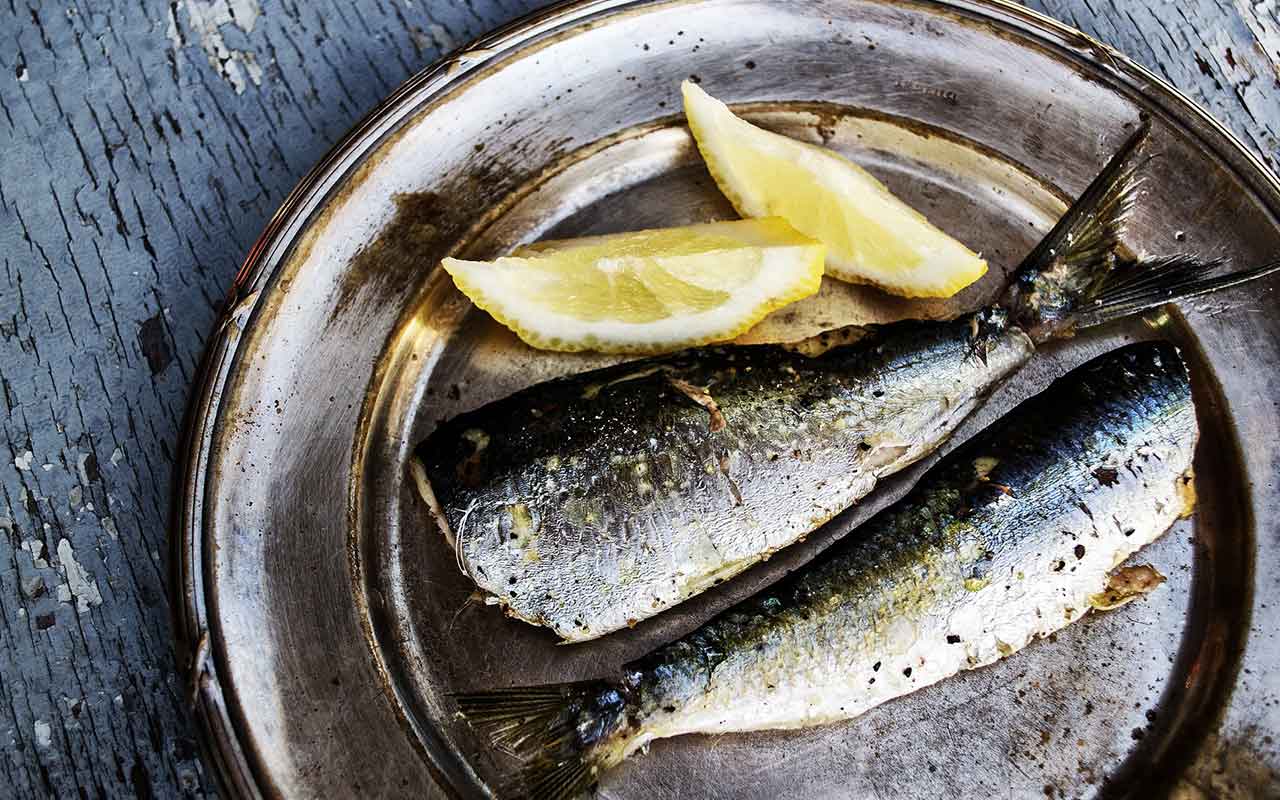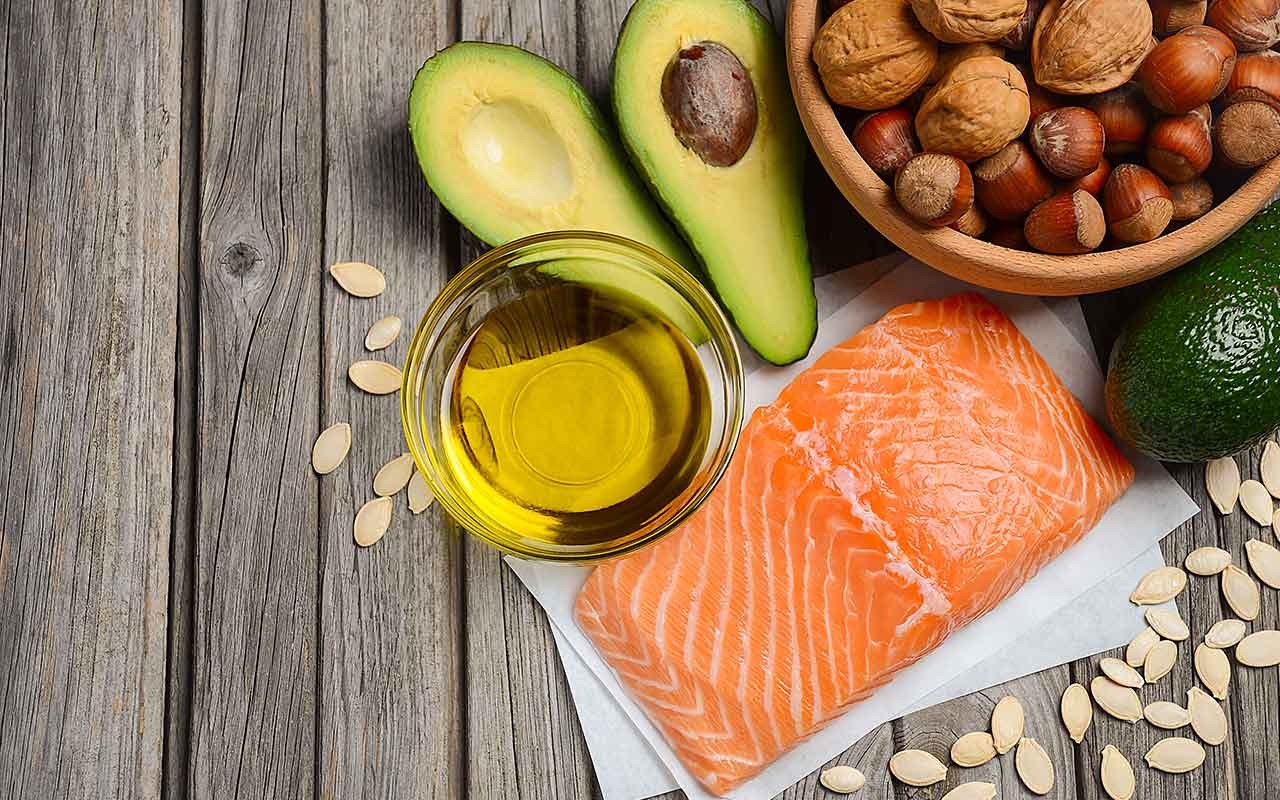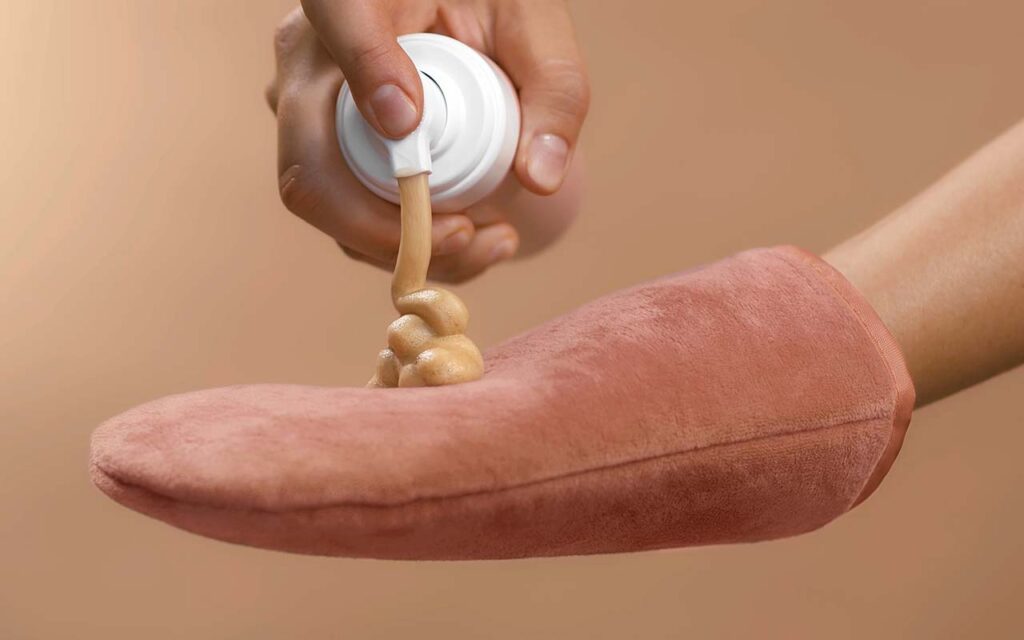For a healthy body – including maintaining healthy skin – we need a good intake of both omega 3 and omega 6 fats in our diet. Why? Because they are both essential for building healthy cell membranes. They also keep our skin naturally oiled, hydrated and younger looking. Now, who doesn’t want that?
The fact these are referred to as essential fatty acids (EFA) puts some people off eating them – especially those keen to lose weight. But that’s the wrong strategy. Omega oils are polyunsaturated fats. That means they’re good fats (the clue is in the term – ‘essential’). By all means, avoid saturated fats as these are bad for your cholesterol levels, but don’t avoid the omega fats. Your body needs them.
For instance, want to lower your risk of heart disease and stroke? Then make sure you get plenty of omega-3 in your diet. Those suffering from depression and joint pain may also benefit from upping their intake of this impressive essential fatty oil.
@EUFIC: “Increasing our consumption of omega 3-rich foods would be beneficial to most people. This may be achieved, for example, by eating fatty fish once or twice a week and by occasionally replacing sunflower oil with rapeseed oil.”

Improving skin and treating skin conditions
EFAs don’t only make healthy skin appear plumper and brighter. They can also help with treatment for certain skin conditions. It does this by helping to maintain gut health. Research has shown omega 3 can help reduce sun sensitivity for photodermatitis conditions, reduce inflammation associated with acne and even help combat psoriasis.
Omega 6 can boost the growth of both skin and hair, help maintain healthy bones, regulate metabolism, and even maintain the reproductive system in women.
How to get omega 3
Good dietary sources of omega-3 include soya, sardines, salmon, mackerel, herring, flax and chia seeds, safflower oil, walnuts and egg yolks.
The best source of omega 3 is fish oil. The reason is that although you’ll also get the fatty acid from vegetarian sources, such as flax and soybeans, it must be converted in the body before it can be used. But with fish oil, the benefits are immediate.
The recommended intake of omega 3 is 500mg a week. That translates to around two portions of oily fish a week.
Getting omega 6
Poultry, cooking oils and grains are all good sources of omega 6. Nutritionists advise that the best omega-6 sources are vegetable oils (rather than meat).
Meanwhile, if you need to improve the ratio of omega 3 fats to omega 6 fats that you eat, then doctors at Harvard Medical School say eating more omega 3s and not fewer omega 6s is the best way to achieve this.
To take the hassle out of sourcing these essential fatty acids from your diet, you can supplement with Skin Omegas from Advanced Nutrition Programme. Sustainably sourced, independently quality checked, recyclable packaging.
Get in touch
Here at Vale Laser Clinic, we specialise in helping our clients achieve their best skin via a range of non-surgical treatments. Our clinic director Emma Griffiths has a wealth of experience in the skincare industry and is happy to provide help and advice to help you maintain healthy skin.





